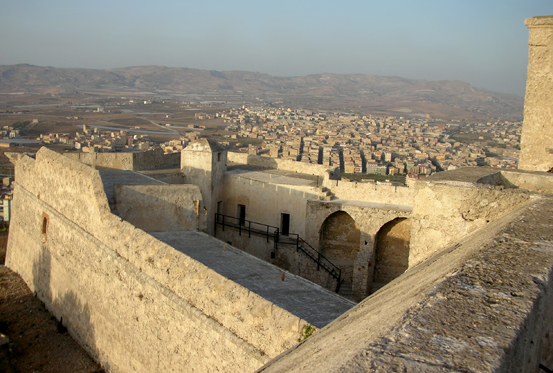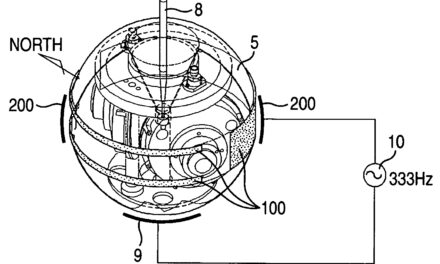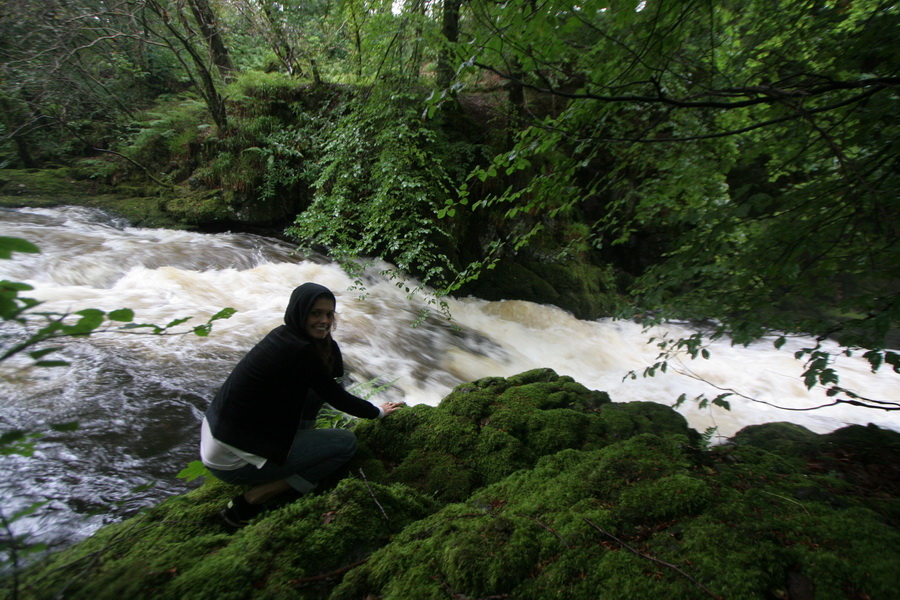
The Mariachi of Tijuana, copyright Paula Tripodi
In the Mexican city of Tijuana, a hedonist haven soaked in lyrical and sexual debauchery, tequila is plentiful. But it is Mariachi music and dance that elevates the soul of Mexico and its people.
At Avenida Revolucion, the main artery of downtown Tijuna, three hatless musicians in silver studded Charro jackets bathe in sunshine. As one flips his high-itched, round-backed guitar, vihuela, the other strings his deep-voiced guitar, guitarró. They are singing, “La Cucaracha.” While its lyrics famously speak of cockroaches, others evoke sentiments of love and betrayal, death and politics, revolutionaries and machismo.
The traditional form of rythmitic vitality is the sum of a deeply-rooted cultural and spiritual movement—the marriage of Indian and Mexicans folklore. While Mestizo ingenious tribes played flutes, drums and whistled, the Spanish Creoles of the nineteen century imported Spanish violins and guitars, harps and brass horns, to popularize the Mariachi.
Playing an assortment of instruments—from violins and guitars to bass and trumpets—local ensembles at first accompanied some of the more scandalous and satirical priests during religious celebrations, before hosting public functions. Prior to Cortes and Christianity, however, the music of Mexico flirted with rattles and drums, reed and clay flutes, and conch-shell horns.
While “Mariachi” originates from the French word marage—marriage, in French—most musicologists and folklorists settle on its native implications. To this day, village musicians to their Mariachi after the podium’s wooden floorboards. Only few reference Frenchman and Emperor Maxmillian who ruled the country two centuries ago.
More importantly, the origins of Mariachi began in the state of Jalisco. According to a legend in the town of Cocula, the Mariachi evolved from a local Spanish theatrical orchestra of violins and harp. Later, the guitarró stole the harp’s ornate melody, replacing it in parts of northwest Mexico—including Tijuana.
The principle dance played by early Mariachi was a footwork of pounding out swift, syncopated rhythms with the heels. In the zapateado, like in Spain, the heel’s force drive splinter racing out of floorboards. In some parts of the country couples dance a regional variation, huapango. In all ages and sized, men and women shuffle their boots. Their glass mugs firmly resting on their heads.
Additionally, The Mexican Hat Dance, Jarabe Tapatio, nationalized the Mariachi dance. In Guadalajara, it is highly stylized, with prescribed movements and classical costumes. As men play the role of Jalisco horsemen, charros; their women, become ladies in hand-woven shawls and bright sequined skirts, Chinas.
Traditional dance techniques are rooted in agrarian societies, suggesting a strong bondage between country folks and their livestock. Prior to the 1930’s, few peasants organized Mariachi groups. Most only dressed like them, wearing home spun white cotton pants, calzones de manta.

The Mariachi, copyright Paula Tripodi
Musician Gaspar Vargas was one of first to export Mariachi as far as Mexico City. His group, the Mariachi Vargas de Tecalitlán performed at the inauguration of populist President Lázaro Cá rdenas instantly become a success.
His son, Silvestre Vargas, became leader of the Mariachi Vargas in 1928. He soon hired a trained musician, Rubí n Fuentes, as musical director. Together they introduced new innovative techniques and transformed the group into a top-tier ensemble. By 50s, they reached national acclaim.
wildfire. As the country is left scarred with political unrest, with the number of tourists dropping, in Tijuana, the Mariachi lives on. Amateur and professional groups drown in the sweet sounds of the violin against the brilliance of the trumpets, and the deep sound of the guitarró against the crisp, high voice of the vihuela.
While some groups take swigs of tequila after their performance, the half-baked trio laugh to the frequent shifting between syncopation and on-beat rhythm. It is time to celebrate the greatest moment in the lives of their people.





